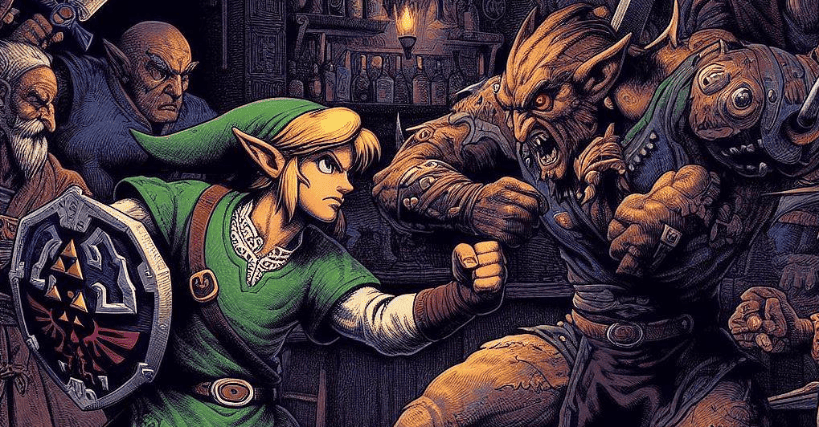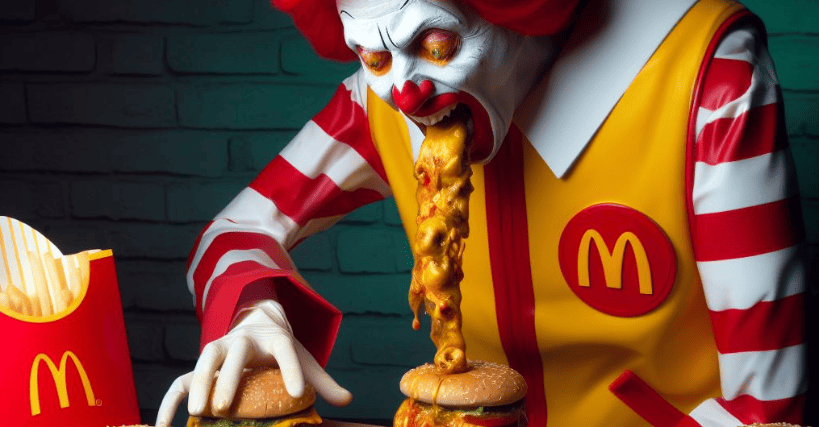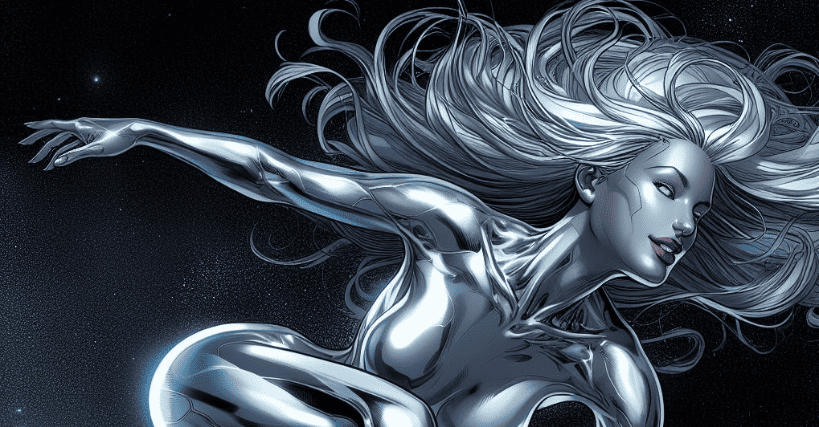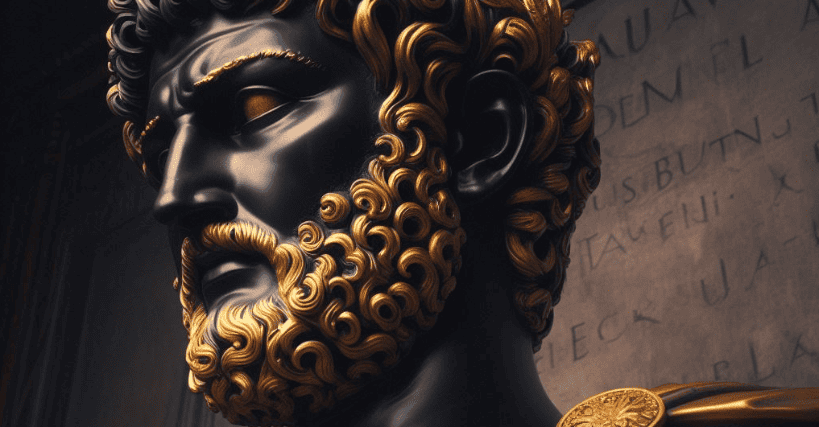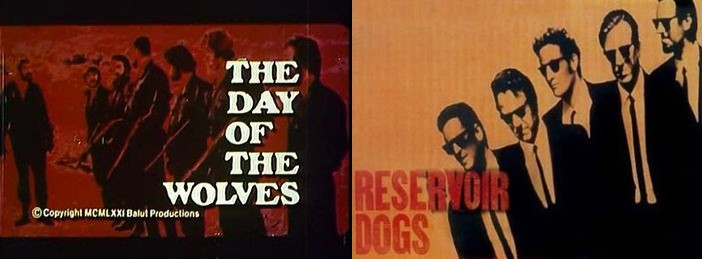
How “The Day of the Wolves” Inspired Quentin Tarantino’s “Reservoir Dogs”
Introduction
Quentin Tarantino’s “Reservoir Dogs” is a film that has left an indelible mark on the world of cinema. Known for its non-linear storytelling, sharp dialogue, and unforgettable characters, it’s a classic in the crime genre. But what inspired the creation of this iconic film? To uncover the roots of “Reservoir Dogs,” we must turn our attention to a lesser-known gem of the 1970s: “The Day of the Wolves.” In this article, we’ll explore the fascinating journey of how “The Day of the Wolves” served as the spark that ignited Tarantino’s creative genius.
The Day of the Wolves: A Glimpse into the 1971 Classic
Before we delve into the connections, let’s take a more detailed look at “The Day of the Wolves.” This 1971 crime film, directed by Ferde Grofé Jr., revolves around a heist gone awry and features a group of criminals with number-coded aliases, much like Tarantino’s gang of robbers. The film’s premise provides a tantalizing peek into the themes and motifs that later became integral to “Reservoir Dogs.”
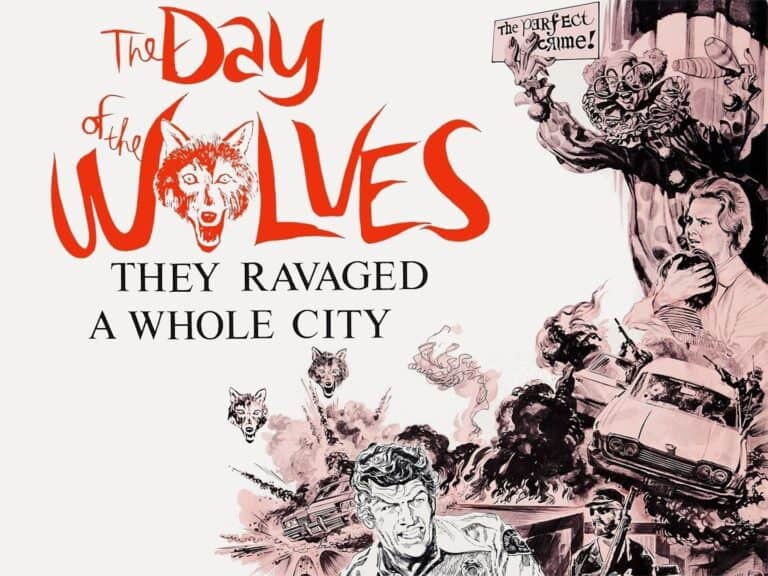
Quentin Tarantino: A Cinematic Maverick
Quentin Tarantino, the mind behind “Reservoir Dogs,” is celebrated for his unique approach to filmmaking. He’s renowned for his knack for blending violence and dark humor, for his iconic use of pop culture references, and for his love of nonlinear storytelling. It’s these very elements that make “Reservoir Dogs” stand out. However, they also trace their roots back to “The Day of the Wolves.”
The Connection Begins: “Reservoir Dogs” Emerges
The connection between “The Day of the Wolves” and “Reservoir Dogs” begins with the latter’s opening scene. In “Reservoir Dogs,” we are introduced to a group of criminals sitting in a diner, discussing pop culture and choosing their aliases. This scene, while iconic in its own right, is a nod to the opening moments of “The Day of the Wolves.”
The Opening Heist: A Borrowed Blueprint
In both films, we witness meticulously planned heists unravel in chaos. “The Day of the Wolves” lays the groundwork with a meticulously choreographed bank robbery. Tarantino borrowed this idea and spun it into the iconic jewelry store heist that sets the stage for “Reservoir Dogs.” The tension, the camaraderie, and the ultimate unraveling of the plan bear striking similarities.

Character Development: Unique Traits and Distinct Personalities
Character development is a hallmark of Tarantino’s films, and this is evident in both movies. “The Day of the Wolves” explores the dynamics between criminals with unique traits, a concept that Tarantino expanded on, giving each character in “Reservoir Dogs” a distinct personality. The foundation for the development of Mr. White, Mr. Pink, Mr. Blonde, and the rest can be traced back to their color-coded counterparts in “The Day of the Wolves.”
Nonlinear Storytelling: A Narrative Jigsaw
The narrative structure of “Reservoir Dogs” stands out for its non-linearity, with scenes unfolding out of sequence. This storytelling approach has its roots in “The Day of the Wolves,” which also features flashbacks and intertwining narratives. The juxtaposition of past and present is a common thread that binds these films.
Pop Culture References: A Shared Language
Both films are peppered with pop culture references. “Reservoir Dogs” delves into discussions about Madonna’s “Like a Virgin,” while “The Day of the Wolves” also boasts its share of pop culture nods. The way in which these references are seamlessly integrated into the dialogues adds depth and relatability to the characters.
The Blonde Connection: Color-Coded Aliases
Mr. Blonde, portrayed by Michael Madsen, is a pivotal character in “Reservoir Dogs.” This character’s name, with its stark simplicity, bears a resemblance to “The Day of the Wolves,” where characters are identified by number-coded aliases. The use of such aliases adds a layer of intrigue and serves to emphasize the individuality of each character.
The Iconic Ear Scene: A Twist of Brutality
The infamous ear-severing scene in “Reservoir Dogs” is etched into the minds of viewers. Surprisingly, a similar scene can be found in “The Day of the Wolves,” albeit with a different twist. These moments of intense brutality and the shock they elicit in the audience tie the films together.

Soundtrack and Music: Setting the Mood
Both films feature memorable soundtracks. “Reservoir Dogs” is renowned for its use of classic rock tracks, while “The Day of the Wolves” boasts a funky, ’70s-inspired score. The role of music in setting the tone and enhancing the viewing experience is a common element in both films.
Violence and Dialogue: Tarantino’s Signature Style
Tarantino is known for his stylized violence and sharp, memorable dialogue. “The Day of the Wolves” provided a foundation for such elements, which Tarantino honed to perfection in “Reservoir Dogs.” The witty banter, the tension-filled conversations, and the sudden eruptions of violence create a unique cinematic atmosphere shared by both films.
Cinematic Influences: A Profound Impact
It’s clear that “The Day of the Wolves” had a profound impact on Tarantino’s filmmaking style, contributing to the unique and unmistakable touch we see in “Reservoir Dogs.” The 1971 classic sowed the seeds of inspiration that blossomed into Tarantino’s iconic work.
Critical Reception: From Hidden Gem to Timeless Classic
Both films received critical acclaim in their respective eras. “The Day of the Wolves” remains a hidden gem, often overlooked but deserving of recognition. In contrast, “Reservoir Dogs” catapulted Tarantino to fame, earning its status as a timeless classic in the crime genre. The journey from obscurity to acclaim underscores the enduring legacy of these films.
Conclusion
In conclusion, “The Day of the Wolves” played a vital, albeit lesser-known, role in inspiring Quentin Tarantino’s “Reservoir Dogs.” The two films share a tapestry of connections, from character dynamics to narrative structure and pop culture references. Uncovering these links allows us to appreciate the creative evolution that led to one of cinema’s greatest masterpieces.

